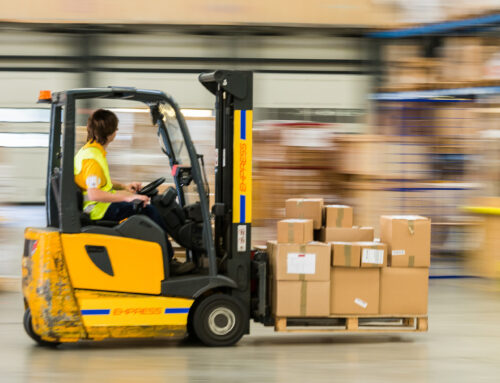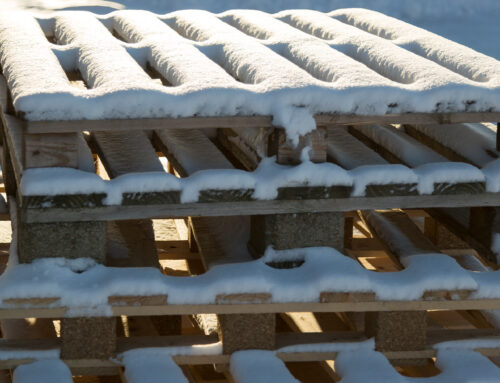Sometimes the wood pallets industry gets a bad rap when it comes to our relationship with trees. Most of the time, the criticism comes from people who don’t really understand the industrial wood industry or how we acquire the wood we use to make pallets and crates.
Since today is Arbor Day, we thought it was a good time to talk about some of those misconceptions and give you the facts. After all, the Arbor Day vision is to “inspire people to plant, nurture, and celebrate trees.”
Who wouldn’t be on board with that?
MISCONCEPTION: The industry kills trees to make wood pallets and crates.
FACT: Forests are NEVER harvested for wood pallets and crates.
The wood pallet industry just doesn’t work that way… period.
When trees are harvested, they are taken to a mill. Once there, the mill sizes up each log and cuts it to get the most high quality lumber out of it as possible. These are the prime cuts that are used to make furniture or used in building materials.
But there’s still a lot of wood left in a log after the prime cuts are removed. That’s where wood pallet and crate manufacturers come in. We purchase the wood that’s left. It’s definitely not the pretty wood, sometimes having a lot of knots or even a little bit of bark, but it’s perfect for making pallets and crates.
In our industry, strength matters over beauty. It’s a perfect resource for our products, and the process ensures that nothing goes to waste.
MISCONCEPTION: Wood pallets are a wasted resource because they’re only used once and then thrown away.
FACT: 95% of wood pallets are recycled many times, before being re-purposed into other materials.
Wood pallets can be re-used many times. When a wooden pallet sustains damage, it can be repaired and used again. When wood pallets can no longer be repaired, they can be ground up into mulch or pet bedding, or even used as firewood or turned into pellets. Wood pallets generally have a pretty long life.
At least 95% of wood pallets are recycled, according to a study done by Virginia Tech. In fact, there are a lot of new businesses that have popped up all over the country that buy old wooden pallets, repair them, and then re-sell them. It makes sense that companies that use wood pallets would recycle. It’s not only a smart move from an economic standpoint, but most companies want to be as eco-friendly as possible.
MISCONCEPTION: The wood pallet industry doesn’t care about trees.
FACT: We LOVE trees!
Not only are trees the source of our livelihood, but they are absolutely essential to the environment. As an industry, we work very hard to be good stewards of our forests and make sure that this renewable crop is harvested in a way that’s sustainable.
In fact, when one tree is cut down, about 6 new trees are planted to take its place. In America, at least 1.6 billion trees are planted annually, and forest product companies are responsible for up to three quarters of a billion tree plantings per year, according to Bugwood. In the United States, 5,000,000 new trees are planted per day, and the growth of U.S. forests exceeds the amount of trees being harvested by a whopping 33%.
That means that forests are growing faster than they are being harvested. The fact is that we love and respect our forests.
This year on Arbor Day…
This year on Arbor Day, why not plant a tree of your own? Maybe that’s just not possible for you. No problem. Take a walk in the woods, or go to a park and sit under a tree. The point is to take a minute to enjoy and appreciate the beautiful trees that nature provides.
We support the Arbor Day vision and hope you do too!
Happy Arbor Day!






